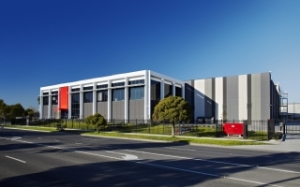Cable management is one of the most important aspects of data center design. Last week, Processor magazine interviewed our Wire and Cable Product Engineer, Steve Molek, on ways to improve data center cable management. Below is the transcript from that interview.
Processor: Do you feel data centers have made inroads in recent years in terms of cable management, neatness, and organization? If so, what do you attribute the improvement to?
Steve: Yes. Equipment overall has become smaller, thus allowing more electronics in a cabinet. Because of this, installers must pay closer attention to cable management, otherwise they can lose the valuable space gained to the additional cables.
Processor: In what areas do data centers still falter in terms of cable management? Where can they still improve?
Steve: Old habits die hard. In the past, cable management was not a focus, since data centers used a more “centralized design.” Today, cable management should follow a more structured design, similar to horizontal cable runs.
Also, one of the simplest ways to organize your data center is by using colored patch cables and bulk cables. Colored cable has been around a long time, and coloring the security system differently from accounting or customer service lines, for example, is a great way to visually identify different runs of cable at a glance. We offer the same kind of coloring in our fiber patch cable lines as well, which is not as common in the industry. Continue reading
Filed under: IT Infrastructure | Tagged: cable labeling, Cable Management, cable managers, data center cable mangement, horizontal cabling, lockable patch cable, patch cable, right angle cable | 1 Comment »






